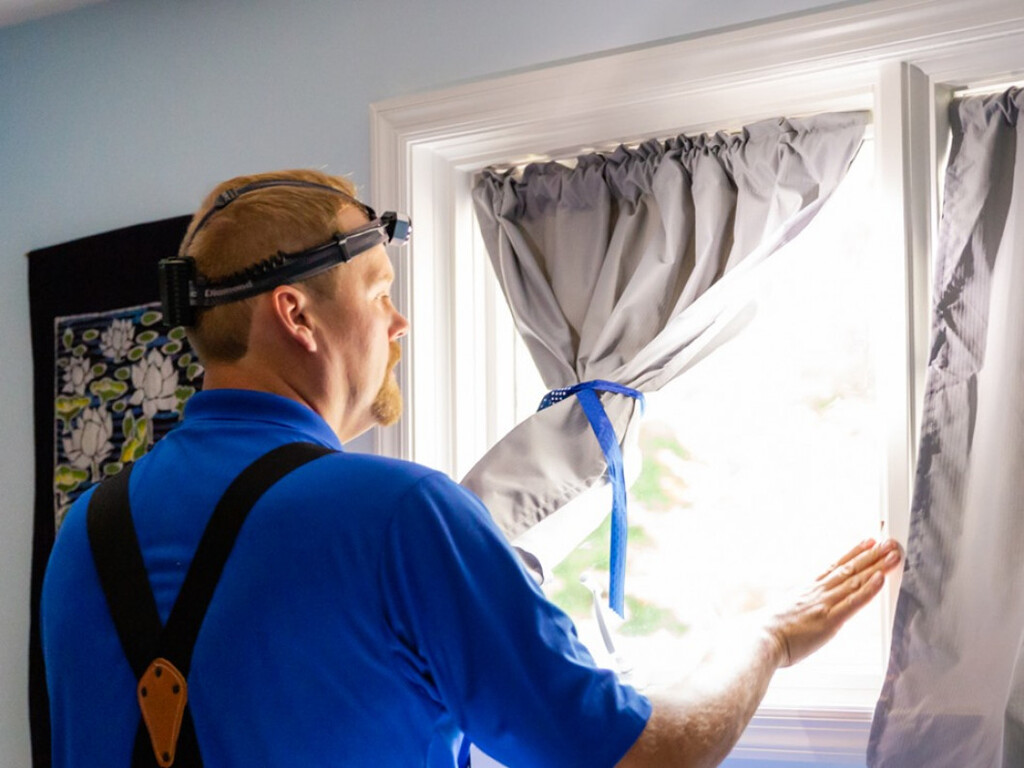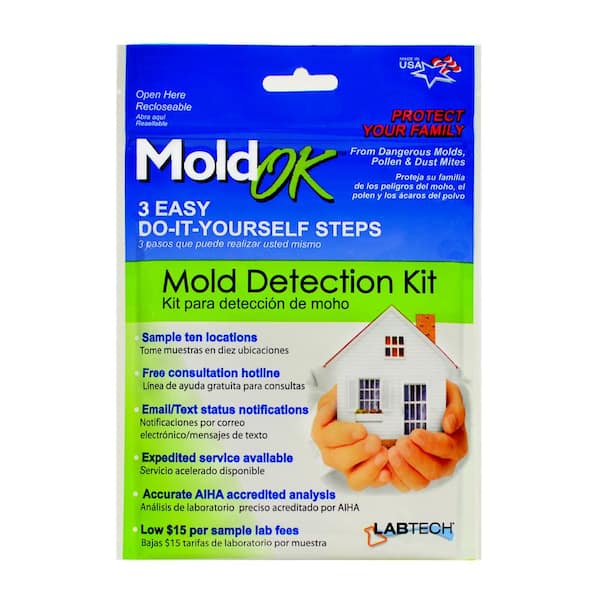Recognizing the Significance of Trustworthy Mycotoxin testing Services
Wiki Article
Just How Mycotoxin Screening Assists Prevent Contamination and Guard Food Products

Mycotoxin screening is an essential practice in the food market, working as a frontline defense against contamination by damaging contaminants produced by molds. With the application of advanced strategies like High-Performance Fluid Chromatography (HPLC) and Liquid Chromatography-Mass Spectrometry (LC-MS), food manufacturers can precisely discover and quantify mycotoxin degrees in farming items. This aggressive approach not only makes sure conformity with stringent safety and security guidelines but additionally alleviates health threats to consumers. Moreover, routine testing strengthens brand name credibility and economic health and wellness by lowering contamination-related incidents. Just how exactly do these screening procedures integrate right into the more comprehensive food safety and security strategy?
Recognizing Mycotoxins
Recognizing mycotoxins begins with acknowledging that they are poisonous additional metabolites generated by specific mold and mildews, which can infect farming products. These metabolites are not important for the development or recreation of the fungis however can have extreme effects for animal and human health and wellness. Mycotoxins are frequently discovered in staple plants such as corn, wheat, barley, and nuts, where they can multiply under specific conditions of wetness and temperature level.
There are a number of types of mycotoxins, each generated by different fungal species. Fusarium varieties generate trichothecenes and fumonisins, both of which are associated with various severe and persistent health and wellness issues.

Risks of Mycotoxin Contamination
The threats of mycotoxin contamination are complex, positioning substantial threats to both food safety and public health. Mycotoxins, poisonous compounds generated by specific kinds of fungis, can contaminate a broad array of agricultural products including cereals, nuts, flavors, dried fruits, and coffee. When these contaminants infiltrate the food supply, they can bring about significant health problems such as liver damage, kidney failing, and also cancer. At risk populaces, including youngsters, the senior, and immunocompromised individuals, are particularly at threat.
Financial effects are one more significant concern. Infected plants can cause significant economic losses for farmers and food producers as a result of reduced returns and the demand for costly purification procedures. Global profession can be considerably hindered as nations enforce strict mycotoxin policies to shield their populations, leading to denied shipments and strained profession relations.
Environmental aspects such as environment modification worsen the danger of mycotoxin contamination. Variants in temperature level and humidity can create beneficial conditions for fungal development, boosting the chance of contamination occasions. Therefore, understanding and mitigating these dangers are vital for making certain the safety and honesty of global food products.
Methods of Mycotoxin Evaluating
Properly recognizing mycotoxin contamination in farming items is crucial for safeguarding public health and wellness and keeping food security standards. Different approaches are employed to detect and quantify mycotoxins, each offering specific advantages and limitations.High-Performance Fluid Chromatography (HPLC) is a widely utilized approach as a result of its high level of sensitivity and precision. It entails separating mycotoxins from other compounds in an example, allowing exact quantification. Fluid Chromatography-Mass Spectrometry (LC-MS) incorporates fluid chromatography with mass spectrometry to supply in-depth molecular details, making it specifically valuable for determining several mycotoxins concurrently.

Gas Chromatography-Mass Spectrometry (GC-MS) and Thin-Layer Chromatography (TLC) are likewise used, each with unique applications. GC-MS is reliable for volatile mycotoxins, while tender loving care supplies an easier, affordable option for initial testing.
Benefits of Regular Checking
Normal testing for mycotoxins in farming items provides numerous benefits, considerably adding to public health and food safety. By identifying contamination early, regular testing assists protect against the distribution of hazardous foods, therefore lowering the threat of mycotoxin-related diseases among consumers. This positive approach not only safeguards human health yet additionally enhances the total top quality of food materials.Consistent screening likewise supports regulative conformity. Different nations and regions have established rigorous limitations for mycotoxin levels in food and feed. Complying with these restrictions via normal testing makes sure that vendors and producers satisfy lawful standards, thereby staying clear of charges and trade obstacles. In addition, keeping conformity cultivates consumer count on and brand name online reputation, which are important for market success.
Furthermore, normal mycotoxin testing can lead to significant economic advantages. Early detection of contamination permits timely treatment, lowering prospective losses from extensive contamination. Implementing regular screening protocols can also minimize recall expenses and related liabilities, which can be financially ravaging.
Additionally, normal screening gives valuable data that can notify better farming techniques and storage problems. By understanding patterns of contamination, manufacturers can take on preventative actions, thus adding and decreasing future dangers to the sustainability of the food supply chain.
Implementing Checking Procedures
Implementing reliable mycotoxin screening methods is important for guaranteeing the safety and security and quality of agricultural products. Developing a durable screening framework includes Learn More several key steps, starting with the published here recognition of prospective contamination points within the manufacturing and supply chain. This consists of pre-harvest, post-harvest, storage space, and distribution stages. Each stage has to be inspected to pinpoint where mycotoxin contamination is most likely to occur.When critical control factors are identified, selecting suitable screening methods is important. Usual strategies consist of enzyme-linked immunosorbent assay (ELISA), high-performance fluid chromatography (HPLC), and mass spectrometry (MS) Each method has its weaknesses and staminas; therefore, picking the proper one depends upon the specific mycotoxin being evaluated, the required level of sensitivity, and available sources.

Last but not least, incorporating the screening methods right into a comprehensive food safety and security management system is suggested. This enhances traceability and makes it possible for speedy restorative activities when contamination is detected, consequently protecting the honesty of the food supply chain.
Conclusion
Mycotoxin screening is crucial in protecting against contamination and guarding food products by enabling very early detection of dangerous contaminants created by mold and mildews in farming items. Advanced methods such as HPLC and LC-MS guarantee compliance with safety and security regulations and shield consumers from wellness dangers. Regular screening boosts brand credibility, financial security, and count on food safety and security by decreasing contamination-related losses and keeping high requirements in food manufacturing. Implementing extensive why not try these out screening methods is therefore important for the industry's overall wellness.Mycotoxin testing is an important technique in the food industry, offering as a frontline protection versus contamination by harmful contaminants created by mold and mildews. An incorporated method involving agricultural practices, storage space monitoring, and routine screening can mitigate the dangers connected with mycotoxin contamination, ensuring food safety and security and public wellness.
The threats of mycotoxin contamination are diverse, presenting substantial hazards to both food safety and public health.Regular screening for mycotoxins in agricultural items provides many benefits, dramatically adding to public health and food security.Mycotoxin screening is important in protecting against contamination and protecting food supplies by making it possible for early discovery of harmful toxins generated by mold and mildews in agricultural products.
Report this wiki page